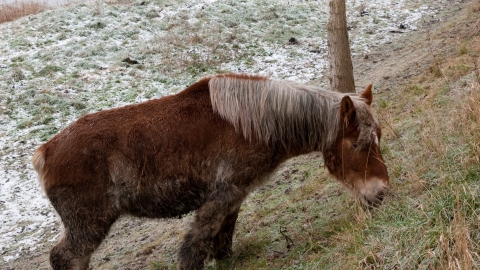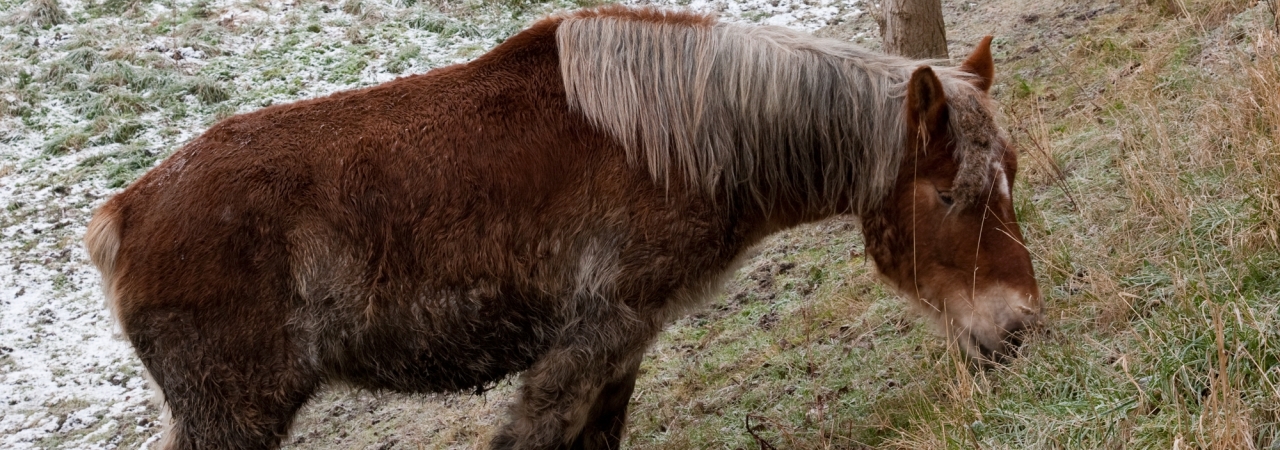In the Middle Ages, Sluis was an economically important town and a considerable stronghold with moats, stone town walls, gatehouses and towers. On the north side, a castle served as a citadel. Opposite this castle, on the other side of the Zwin, was the stone Tower of Burgundy (from the start of the 15th century to around 1535). A chain could be stretched between the tower and castle to close the Zwin.
Attacks on the town by Sea Beggars from around 1570 led to further fortification of the town. On the side the Zwin, embankments with bastions were constructed and around 1580 the Sint-Anna (later Bekaf) redoubt was constructed in front of the Westpoort. After this came the East, South and West gate ravelins in the moat on the land side. On the other side of the Zwin, on the site of the former Tower of Burgundy, the Noordschans or the Klein Pas was constructed. Slightly further to the south on the same bank was the Grote Schans or the Groot Pas.
In 1587, the Spaniards led by Alexander Farnese organised a siege around Sluis. The reason for choosing this harbour town was the need for good bases for the planned expedition of the Spanish Armada to England. From Sluis, the dykes had been opened in defence. The siege tactics involved surrounding the town and cutting off supplies. After a fierce struggle, Sluis surrendered on 5 August 1587. During the Spanish occupation, little was added to the fortifications.
After the town was recaptured by Prince Maurits in 1604, the fortifications were considerably improved. On the land side, an earth embankment was built with six whole bastions and a half bastion. The East, West and South gates remained, but they were moved and given a different form. The embankment along the Zwin was modified and also had six bastions. Around the castle, another earth embankment was made. The Klein Pas was transformed into a hornwork and the Groot Pas became a crownwork.
Around 1700, the famous military engineer Menno van Coehoorn considerably strengthened the stronghold of Sluis. Around the town in the moats, ravelins were constructed and outside more countergards, tenailles, lunettes and a covered road. Everything was surrounded by new moats or ditches. The Groot and Klein Pas were connected to each other. Between the Groot Pas and the westerly situated Fort Sint-Donaas, a line of communication was built. In the 18th century, the castle was gradually demolished apart from one tower. The remains were covered with earth and a gun emplacement was constructed. After the French occupation (1747 – 1748) in the War of the Austrian Succession, more improvements were made near the West gate.
In the French Period, the stronghold lost its function and it was officially abandoned in 1816. The remains of the castle were cleared. The bastioned embankments and canals have been well preserved. The outer works can still be recognised by the light contours and the square land shapes. The same applies to the Groot and Klein Pas on the other side of the former Zwin (now reclaimed land). The East and South gates have been restored and the West gate with matching Stenen Beer (old fortification) was consolidated after excavation. You can walk over most of the embankments around the town.




